Share
Whenever I want to buy something, my first instinct—like many of you—is to Google it.
A simple Google search gives me a galore of options to choose from.
But 9 times out of 10, I find the best product within the top 2-3 pages. That is the most precious real estate for eCommerce brands.
eCommerce brands can win high-intent traffic from organic search with strong SEO tactics. And visual content is your best bet for getting visibility on search engines and engaging potential customers.
That’s why we created this guide to help you create a video SEO strategy and boost revenue with the top spots on search engines.
Why you need to invest in video SEO in 2024
Still on the fence about investing time and resources in video SEO? Let me give you five key reasons why it’s worth building a search engine optimization strategy for your videos.
-
Increase website traffic: Videos can attract more visitors to your website and boost brand awareness through organic search. Google search results increasingly feature optimized video content for several queries. This gives you a chance to get more eyes to your content and maximize engagement for website visitors. Here’s an example of a video in search results:
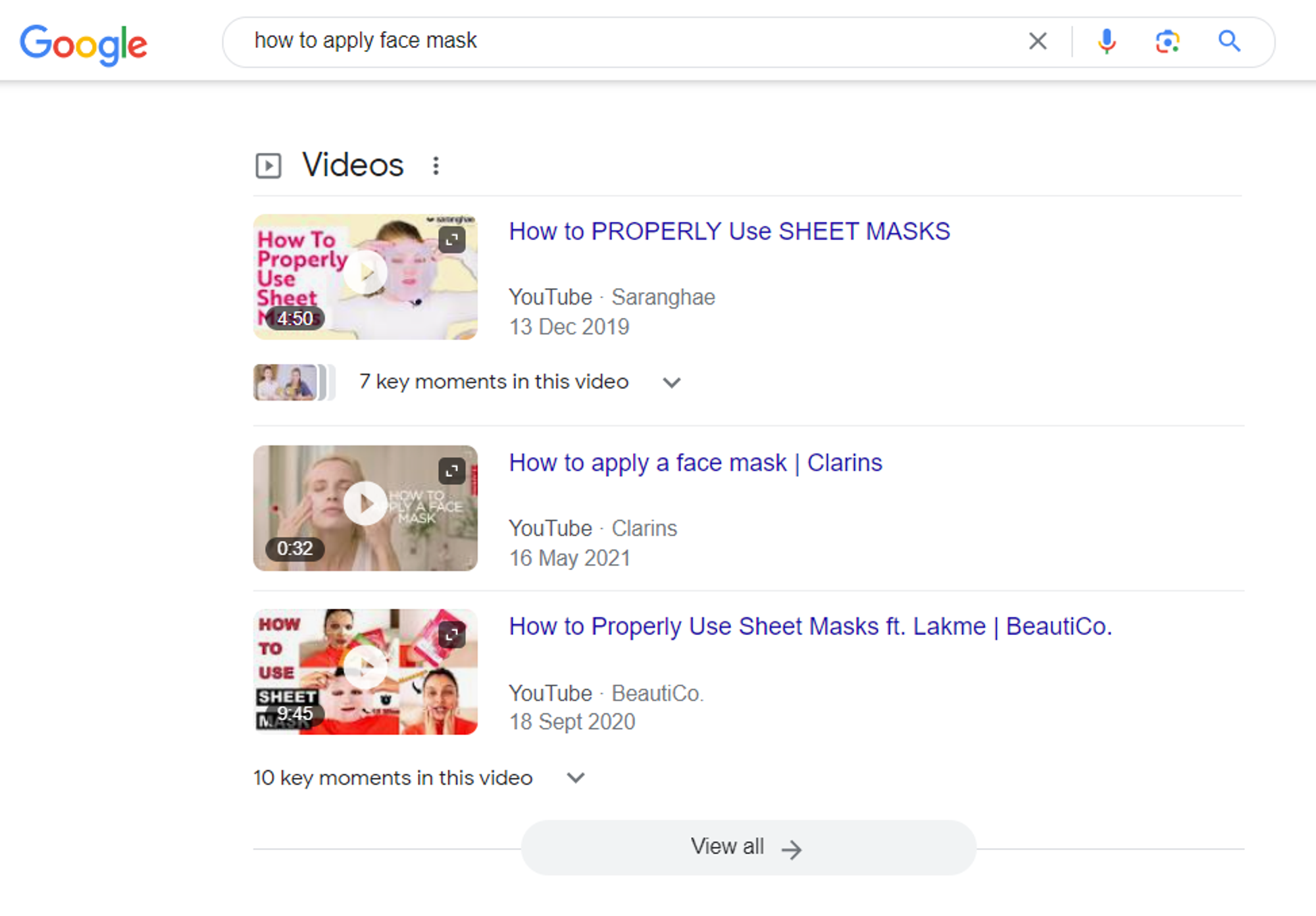
-
Improve search visibility: Videos can make your brand more visible on search engines like Google and Bing. Not just that, but with the right SEO setup, you’ll also get additional visibility on YouTube, the second-largest search engine! And when you repurpose the same videos for different social platforms, you can reach a bigger audience on TikTok, Instagram, LinkedIn, and more.
-
Diversify your audience: A big reason why eCommerce brands are prioritizing video in their content marketing strategies is its ability to reach a global audience. You can create subtitles in different languages and expand your reach to non-English speakers. More importantly, you can convert a single video into multiple assets to distribute through various channels and appeal to different audience preferences.
-
Better content repurposing: A single video can turn into an article, a newsletter series, multiple social media posts, a podcast episode, and so much more. Visual content has a longer lifespan, where you can repurpose content into different formats and reiterate the message across various channels. This can significantly enhance brand recall and streamline your content efforts. Here’s a simple flowchart explaining ideas to repurpose video content:
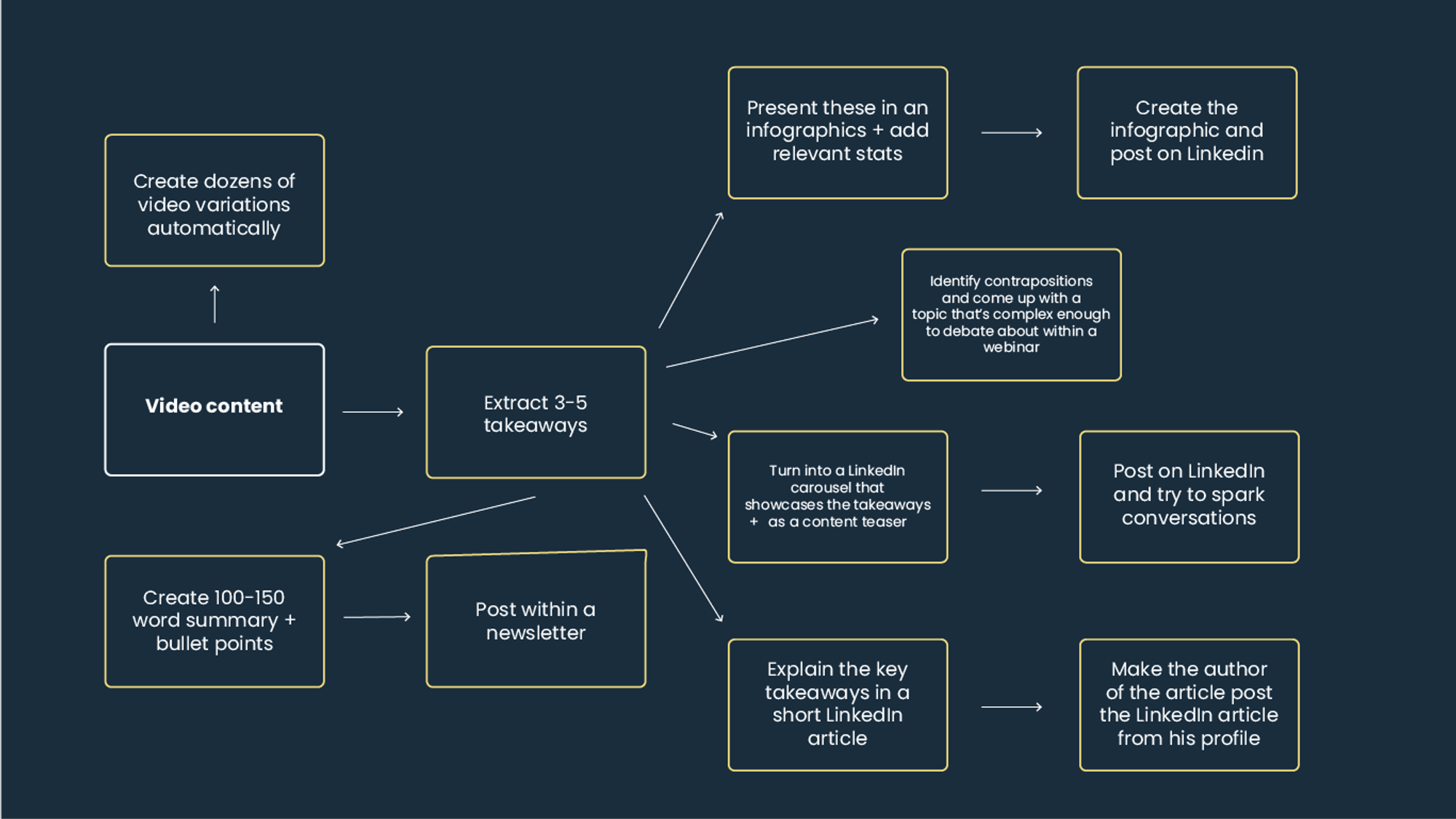
-
Maximize user engagement: Videos inherently have a higher engagement rate compared to text-based content. People prefer to watch a 5-minute video than read a 15-minute article or eBook. You can ramp up this engagement by creating content that resonates more with your audience. Higher engagement = higher dwell times = stronger SEO performance.
Now that we’ve discussed how video SEO can drive business growth for you let’s learn the steps to kick-start your search engine optimization efforts.
Here’s our 6-step video SEO playbook for eCommerce brands
We analyzed dozens of eCommerce brands to understand their approach to video SEO. Here are six best practices to get the best out of SEO with videos.
1. Find relevant keywords strategically
Keywords are at the core of any SEO strategy. Your audience can discover your brand by optimizing visual content for the right keywords.
Here’s what you need to know about conducting strategic keyword research:
- Use the right tools to find keywords, like Semrush, Ahrefs, and Google's Keyword Planner
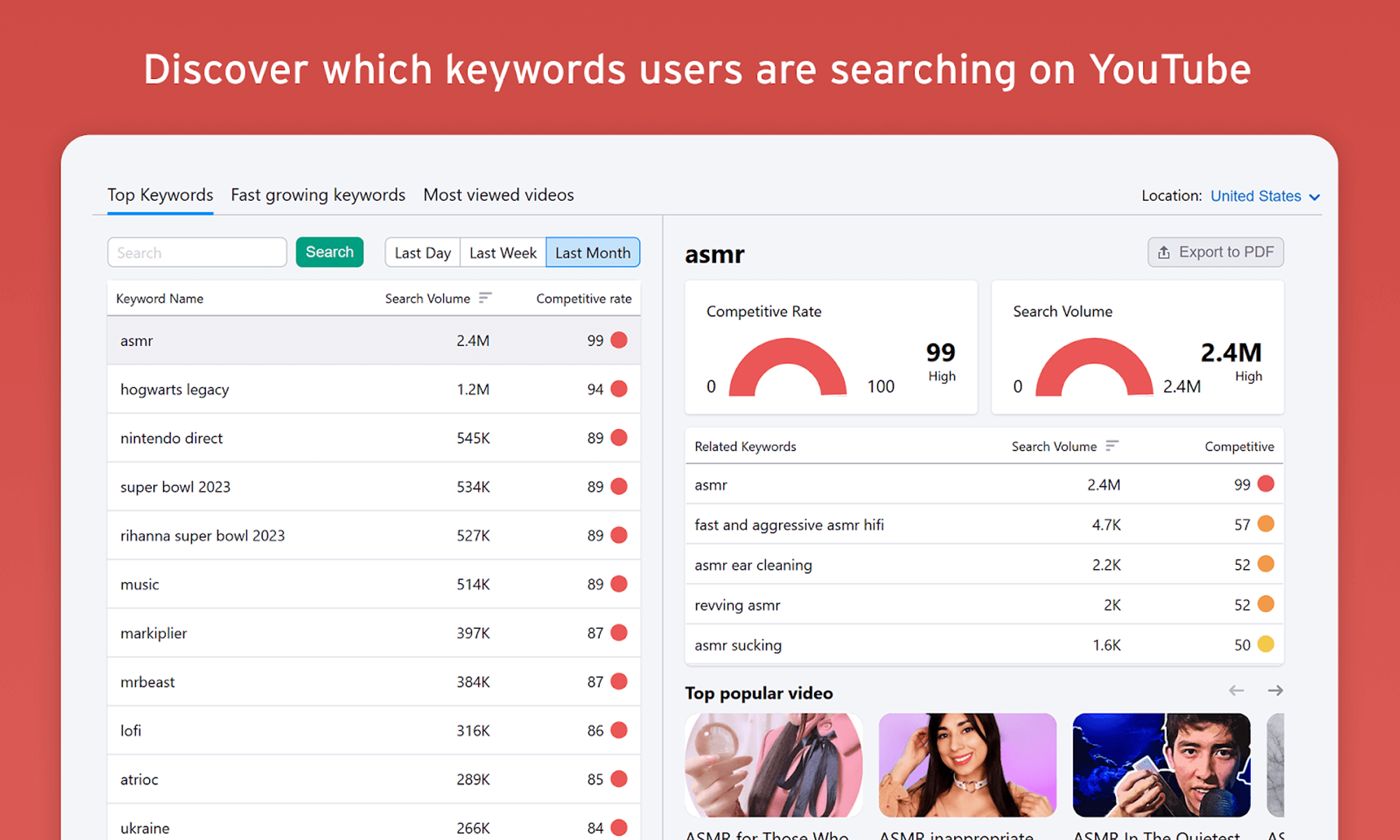
- Identify core content pillars for your video strategy and focus on long-tail keywords
- Analyze top-performing videos for a topic and pick gaps in their targeted keywords
- Find keywords that feature video carousels and rich snippet results in SERPs
Once you’ve shortlisted the most relevant keywords, create a content brief explaining the search intent for each keyword. You can also incorporate these keywords in your video titles, descriptions, tags, captions, file names, etc.
For example, this YouTube video ranks #1 for several keywords, like ‘acne treatment’ and ‘acne home remedies.’ It’s because the video title includes multiple keyword variations for this topic. The description also mentions these keywords, and the caption file also includes a few keywords.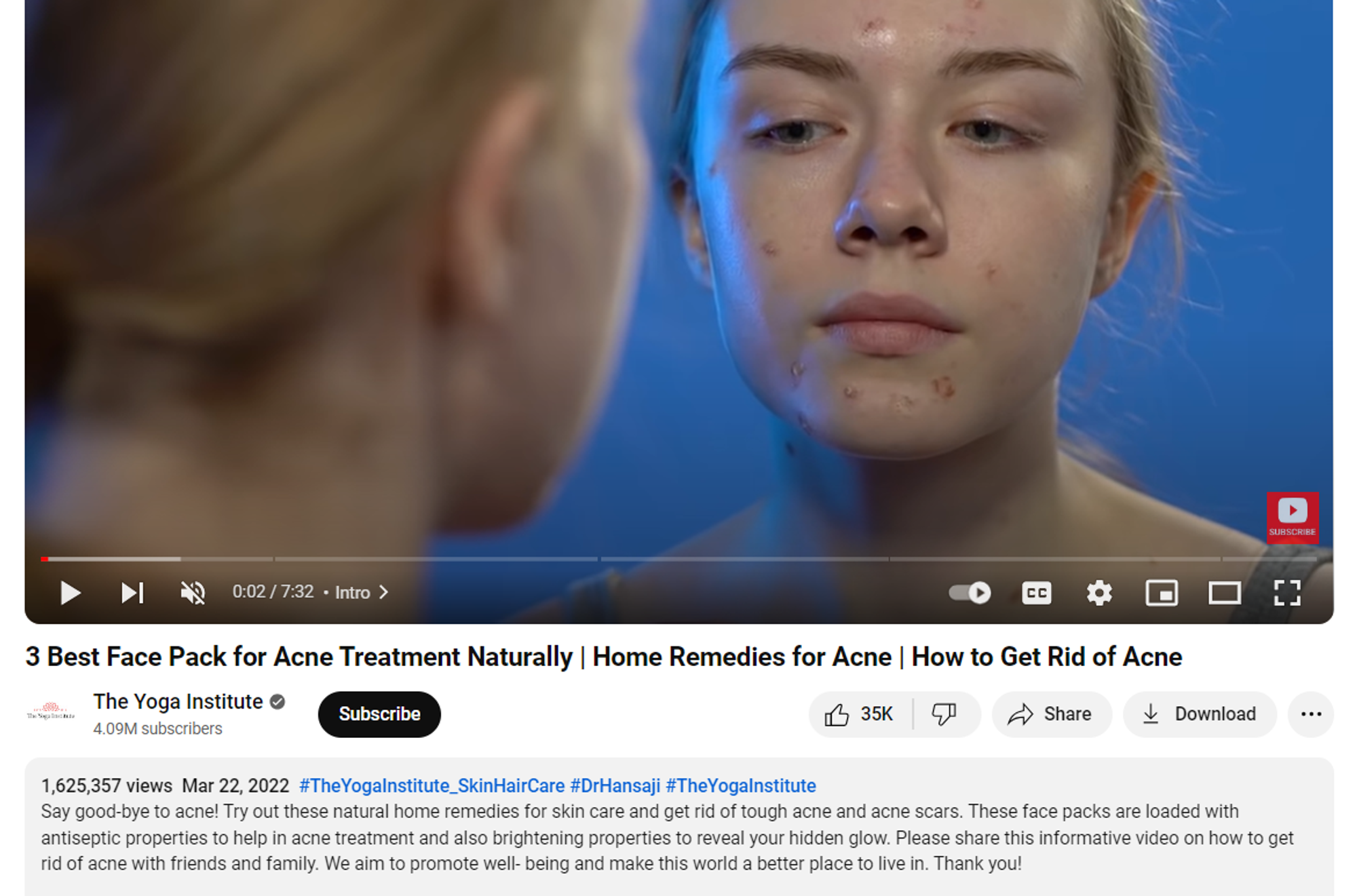
2. Optimize video file metadata
You might wonder: what exactly should I change to optimize my videos for search engines? Here’s everything you should look into for publishing SEO-friendly video content:
-
Optimize video length: Make sure your video isn’t too long or too short to fulfill the search intent. Optimizing video length means making the content just right to give people the information they are looking for.
-
Use descriptive file names: Make your video file name specific to its content and include relevant keywords. Instead of naming your file “video739.mp4”, you should name it “hair_oil_ingredients.mp4” using the main keyword.
-
A/B test your thumbnail: You should run A/B tests to find the most optimized image for your thumbnail. Since most viewers click on videos based on the thumbnail, it’s critical to run these tests.
-
Include closed captions and transcripts: Create transcriptions to make your videos accessible to a broad audience and help search engines index these files.
These quick steps can go a long way in optimizing your videos for search engines and humans.
3. Create transcripts for every video
Transcripts for video files can significantly help your SEO efforts. A transcript gives search engines textual content to crawl and understand your videos. It acts like a page and allows crawlers to assess how well your videos fulfill the search intent for the target keywords.
Unlike captions, a transcript only describes the audio in your video. Embedding these transcripts directly on your video pages can significantly improve on-page SEO and user experience.
And once your transcript is ready, you can also use it to repurpose your videos for different channels. Convert the transcript into an article or turn it into a downloadable lead magnet. The possibilities to repurpose videos with transcripts are endless!
The best part? You can generate a video transcript in seconds using AI-powered tools like VEED and Rev.com. These tools will maximize accuracy and create error-free transcripts.
4. Choose the right video hosting platform
The big question to answer when building a video SEO strategy is which hosting platform you should go for. With so many eCommerce video platforms, choosing the perfect one also becomes a challenge.
Use this checklist to weigh all your options and find the best video hosting solution for your SEO efforts:
-
Loading speed: Fast loading speed is a prerequisite for strong SEO. You have to optimize video delivery and a good tool should load your videos for different devices and connection speeds.
-
User experience: Your shoppers don’t want to see a dozen ads when watching a video. Choose an ad-free hosting solution to create a frictionless viewing experience and keep the audience on your site for longer. It can also lower the bounce rate and send you up the ranks.
-
Performance data: Your video SEO strategy should rely on concrete data rather than instincts and guesswork about performance. A good video hosting platform will give you in-depth insights into how viewers are interacting with your content and what’s not working well.
-
Mobile optimization: Shoppers increasingly use mobile devices to consume content and shop online. Naturally, your video hosting solution should have an adaptive design to automatically resize videos for smaller screens and create a seamless content experience.
-
Brand and customization: You want to put your brand front and center for all videos. So, your video hosting solution should give you the option to customize the video player and apply your brand elements, like logos, colors, and more.
And the good news is you don’t have to go far and wide searching for a platform that ticks all these boxes. Industry-leading brands like True Classic, goPure, and Dr Dennis Gross use Videowise as a one-stop solution for hosting search-optimized videos.
Videowise gives you the convenience of keeping all your videos in a single library. You can convert them into shoppable formats and embed them anywhere on your website without compromising page speed.
What’s more, Videowise supports your SEO efforts with:
- Fast loading speeds
- Responsive design
- High dwell time
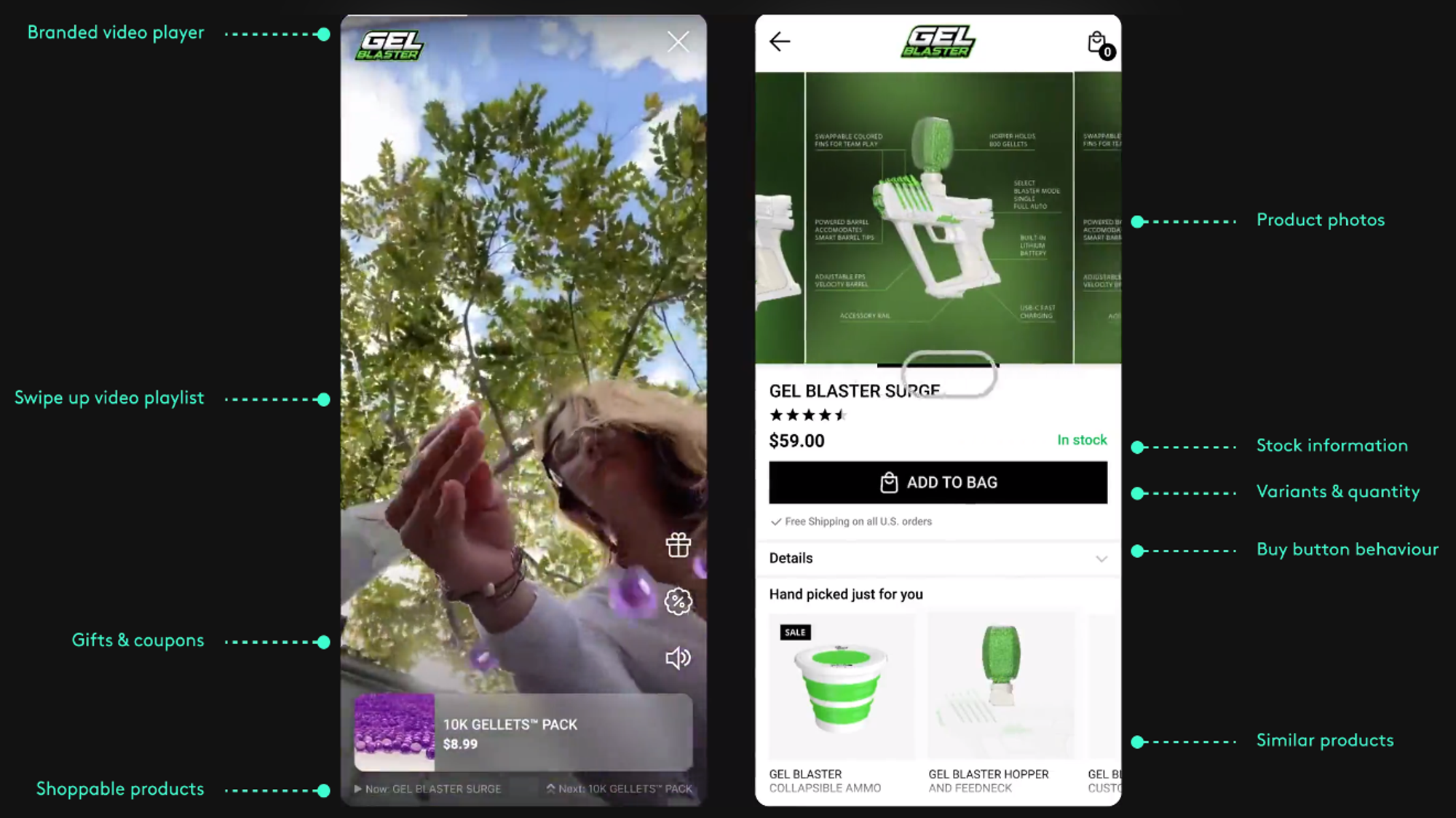
5. Create video schema markup
One of the first steps to building the groundwork for your SEO strategy is preparing a schema markup for video pages. A schema markup is a part of your website’s code to help search engines understand how your page is structured and the content it contains.
Schema makeup will provide various details about your videos:
- URL
- Title
- Duration
- Thumbnail
- Description
- Upload date
These details make it easy for search engines to analyze videos and rank them in rich snippets or video carousels.
You can use tools like Google's Structured Data Markup Helper to generate the correct schema markup for any page with videos. Then, test this markup with Google's Rich Results Test to check if it’s working properly. Here’s an example of a rich results test we ran to check if videos are being crawled by Google: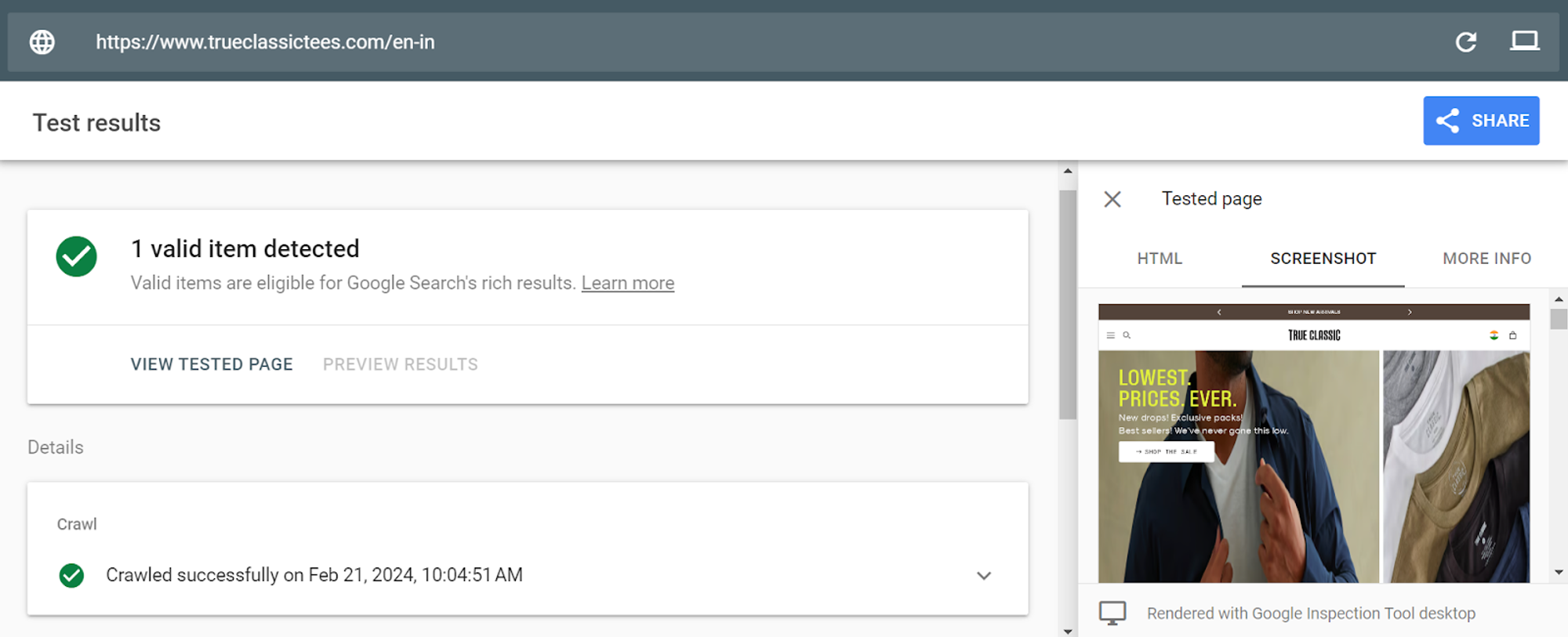
6. Add a video sitemap
While a video schema markup gives search engine crawlers the right context for every video, you can also create a dedicated sitemap to:
- Quickly index your videos on search
- Make visual content more discoverable
You can refer to Google’s guidelines for building a video sitemap. Here are a few tips to help you create a video sitemap in no time:
-
Document video details: Before creating a sitemap, you need a database with all the details about your videos, like video URL, title, description, thumbnail URL, and video content's URL. You have to add this data to your sitemap.
-
Create an XML sitemap file: Use a text editor on your system to create an XML file. This file will include an entry for each video using the details you collected before. Here’s an example of a video entry in your XML file
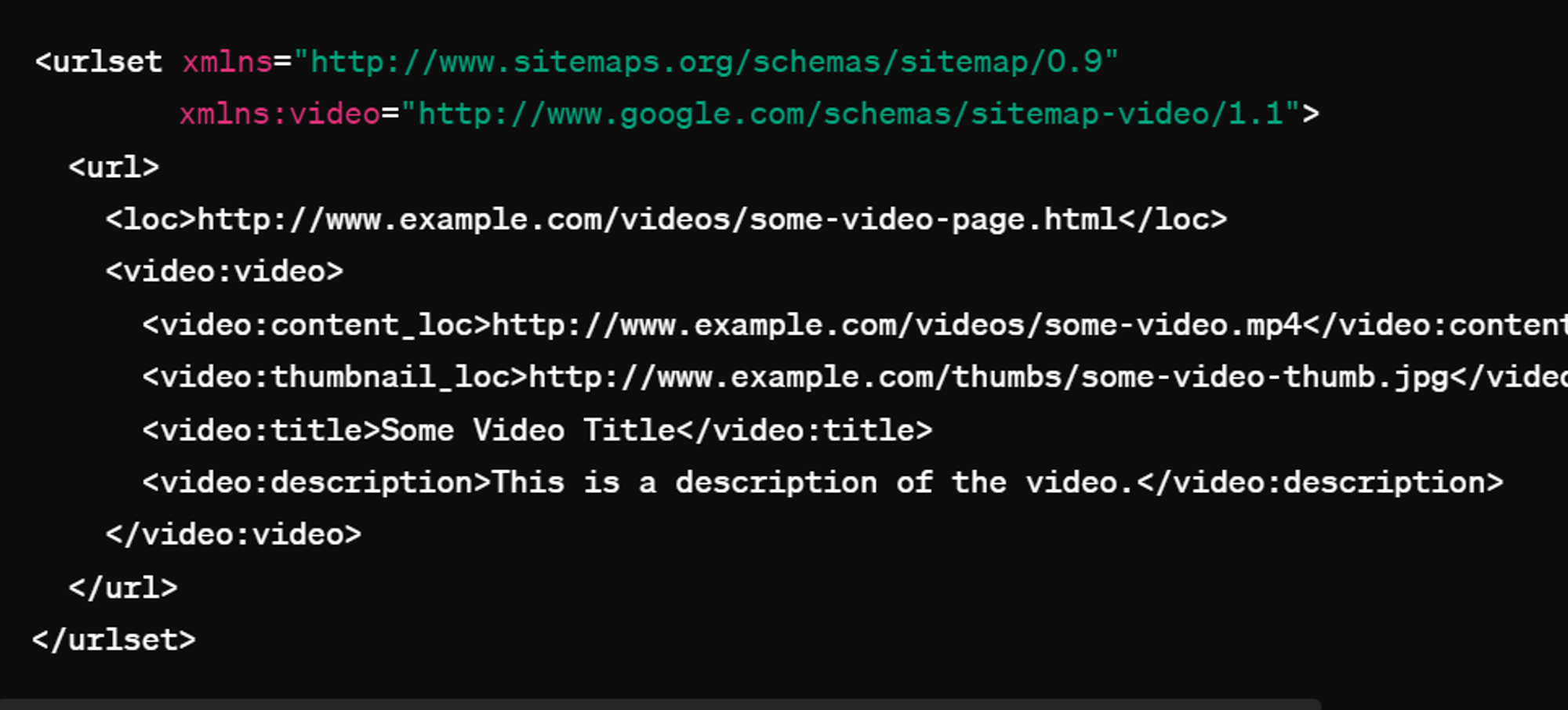
-
Save and upload: Once you’ve added details for all videos, you can save your sitemap with a .xml extension and upload it to your website's root directory. For example, you can name your sitemap brand-video-sitemap.xml and upload it.
-
Submit to search engines: You have to log into a search engine’s webmaster tools—like Google Search Console for Google—and submit your sitemap URL here. Each search engine has a different tool. This step enables search engines to find your content.
After setting up the sitemap for videos, you should automate the process of updating this file, especially if you frequently publish videos. This will save you the time of manually adding a new entry every time you post a new video.
Win organic search traffic with video SEO tactics
You can’t undermine the importance of organic search for your eCommerce brand anymore. So, bookmark this guide to create your video SEO strategy and prepare the groundwork to start dominating search results.
You can also learn from the best brands and follow their footsteps to success. Check out our top case studies to build your video SEO plan.
Share




.jpg?width=420&height=420&name=live%20shopping%20top%205%20fashion%20(1).jpg)